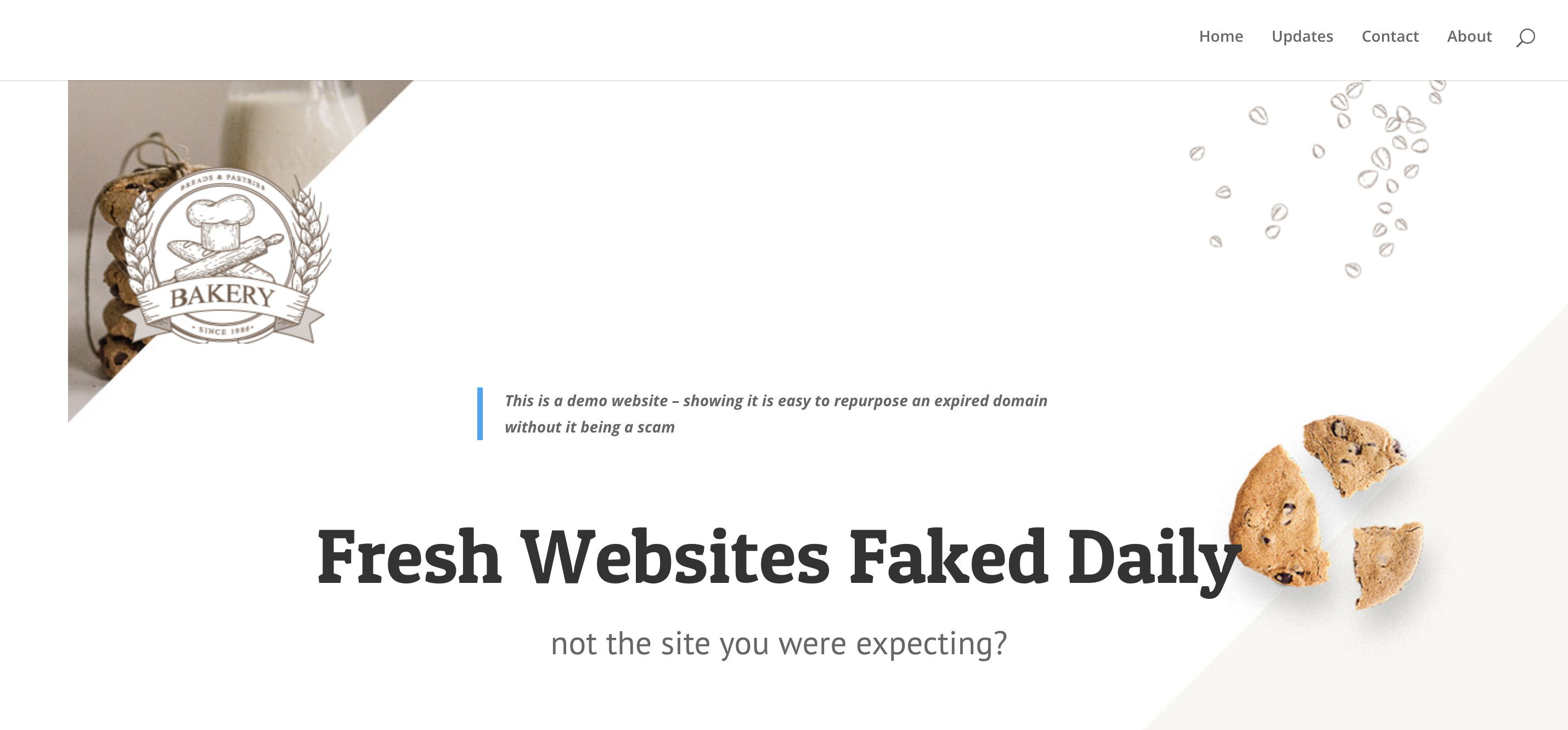When Excess Domains Become a Problem
- Brand Confusion
If you hoard multiple domains and some fall into disuse, it’s easy for people to accidentally visit or bookmark those outdated URLs. When they land on a blank page—or worse, a “fake” site—they lose trust and question the legitimacy of your current brand. - Security & Reputation Risks
When unused domains expire, spammers or scammers can scoop them up to host phishing sites, malicious downloads, or other fraudulent activities. Even if it’s obvious to you that it isn’t the real website, some of your customers might get duped—and your brand gets the blame. - SEO & Traffic Leakage
Old domains may have residual search rankings, backlinks, and referral traffic. Letting them go to seed means missing out on potential visitors—and possibly handing traffic to a bad actor who acquires the domain.
Real Harm: It’s Not About “Stupid” Users
While many users are savvy enough to sniff out dodgy sites, not everyone pays attention. A convincing fake domain can exploit small mistakes like a user typing “.co” instead of “.com,” or an outdated bookmark. This confusion can lead to stolen credentials, malware, or brand damage. No brand wants to see “phishing” associated with its name—especially if it’s easily preventable.
Common Scenario
- An Employee or Third Party Holds the Domain
When domain ownership isn’t clearly tied to the business entity, it can become a legal and logistical nightmare if that person goes AWOL or refuses to relinquish control.- Solution: Make sure all critical domains are registered under company accounts, with up-to-date contact information and renewal notifications turned on.
- Multiple ‘Just in Case’ Domains
Many businesses buy variations of their name or product keywords (e.g.,.org,.net, even quirky TLDs). Over time, these multiply.- Solution: Do a domain audit. Identify which domains serve a real purpose (e.g., brand protection, active campaigns) and consolidate. If a domain is worthless and its brand or SEO value is nonexistent, then you can safely drop it.
- Expired Domain, Then a Surprise
The business stops renewing a domain, only to discover it’s been taken over by a spammy page or a competitor.- Solution: Proactively set renewals to auto-pay, and keep track of upcoming expirations. If you truly don’t need a domain, weigh the cost-saving against the possible harm to your brand if it’s turned into something sketchy.
Best Practices
- Audit Domains Regularly
Sort them into categories:- Critical (active website or marketing)
- Defensive (to prevent brand misuse)
- Disposable (no longer needed)
- Redirect or Park
If domains have old backlinks or residual traffic, a 301 redirect to your main site is best. If you don’t need them live, at least “park” them so they don’t display anything malicious. - Keep Ownership Centralized
Use a single company-owned registrar account. If you rely on an external developer or ex-employee who left, you’ll risk losing control. - Monitor for Infringements
Even if you let some domains go, set up alerts or occasional checks to see if they get re-registered by questionable entities. Take swift action if they mimic your brand.
Bottom Line: Don’t keep useless domains forever, but don’t let go blindly. The cost of renewing a key domain is often cheaper than the brand and reputation headache if spammers snap it up. By having a clear strategy—knowing which domains to protect, which to redirect, and which to let expire—you’ll avoid brand confusion and keep scammers at bay.

